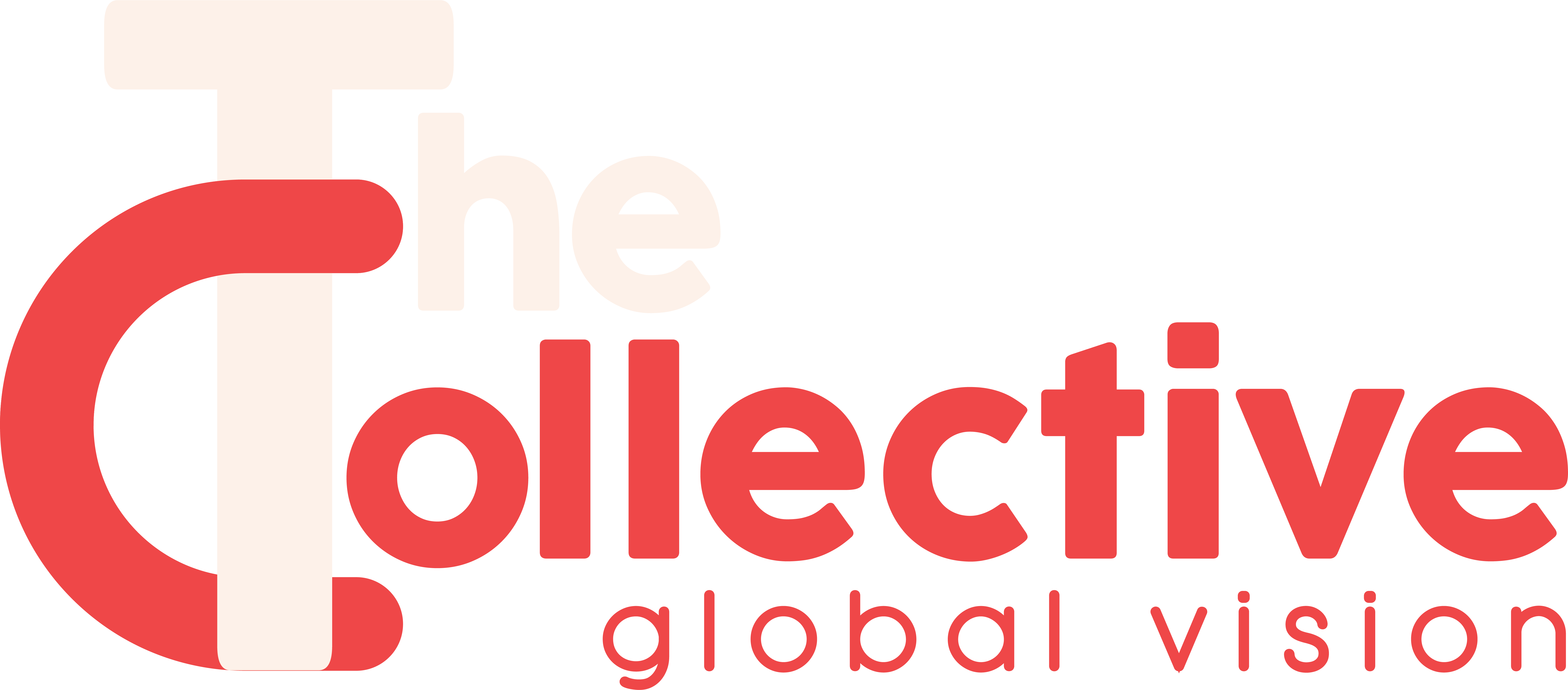Course Level 3
Intermediate A is an intensive period of study, which focuses on musicianship skills, style performance competencies, and professional performance experiences.
Intermediate A includes the following classes:
Musicianship:
This class is a part of a seven-level sequence, which focuses on music theory, aural skills, and keyboard proficiency.
Reading Proficiency Class:
The Reading Proficiency Class of a series of progressive classes. Students learn sight-reading skills and the ability to interpret music from a wide variety of sources and formats.
Time & Groove Class 3:
This four-class sequence reinforces to students the importance of playing in time and with an accurate and musical groove no matter what the technical challenge. Students play an advanced Latin groove for 16 bars with a metronome and transition to a Hi-Hat cross-stick groove for 16 bars. Transition exercises are also given from swing to shuffle and back. Repertoire includes tunes such as Cold Sweat, My Girl, and Respect. Students apply what they have learned by playing with a click track and with a professional rhythm section.
Technical Proficiency:
Drums: Rudimental Drum Ensemble 3:
Students work in an ensemble setting learning and applying foundation rudiments. This class focuses on hand technique, ensemble performance, and reading skills.
Bass, Guitar, and Keyboard Technical Proficiency 3:
Students apply the basics of proper instrumental technique with a focus on proper hand and body position and correct fingerings to typical rhythm section and instrumental ensemble material.
Performance and Lab Classes:
Drummers Lab-1:
This class is designed to help students integrate all the information that they are receiving in other classes and apply that information towards the steady development of new performance skills. Tasks include playing variations of single paradiddles with accents on the bass drum and crash cymbal, and the application of alternate sticking in a variety of 8th and 16th note grooves.
Bassist Walking Bass Line Lab-1:
This course introduces students to the important theoretical, conceptual, and technical aspects of walking bass lines. Course material includes the study of diatonic and chromatic passing tones on strong and weak beats – on dominant 7th chord structures, including II-V-I patterns in all keys. The ultimate goal is for the student to improvise strong, functional, and melodic bass lines.
Guitar Ensemble:
This ensemble gives guitarists the opportunity to study, rehearse, and perform material written and conceived for this instrumentation. Students are coached on ensemble performance, dynamics, improvisation, and playing in a variety of styles.
Keyboard Accompaniment-1:
This course gives keyboardists the opportunity to develop the ability to accompany vocalists and other instrumentalists. Students are coached on conceptual and technical aspects of this skill area, while working with fellow vocal and instrumental students.
Real Deal Rehearsal-1:
This course gives students the practical experience of working together with a faculty “bandleader” in an actual rehearsal situation. Students perform and create arrangements in a variety of styles and settings in response to the demands of the music and bandleader. This course commences with a public student recital.
Latin Percussion Ensemble-1:
This course gives students in all divisions the opportunity to study Afro-Cuban music, in an ensemble setting, on the indigenous percussion instruments.
Styles and Harmonic Sequences – 1
Drums and Bass Style Sequence – 1
Style Courses Sequence A:
Each style is presented in a four-class sequence consisting of a Style Analysis class followed by two Groove Mechanics classes and culminating with a style Rhythm Section.
- US Roots (New Orleans)
- US Roots (Jazz)
- Traditional Rock / Blues
- Traditional Afro-Cuban
- Traditional Funk-Soul
- Traditional Jazz
- Gospel
- Afro-Pop
1. Style Analysis – Series 1:
Students are introduced to various styles and periods of music, and the important musicians and groups who helped define each style. The instructor demonstrates the role played by each instrument in each style. Course material includes specially selected and representative discographies, which have been compiled by the instructor for class discussion and review.
2. Groove Mechanics Series 1:
This course follows up on the Style Analysis class by having the instructor work with the students in developing the instrumental techniques and conceptual frameworks required to perform competently in the designated style. All instruments meet separately. Students are also given I-Pods on which the repertoire compilations are loaded.
3. Style Rhythm Section Series 1:
This is an opportunity for students to work in a rhythm section setting with professional musicians who are experts in the designated style. Each instrumental division meets separately.
4. Quarter-End Juries:
Each student must pass a quarter-end “Jury” performing pieces in selected styles from the style sequence list. The Jury is made up of the faculty members who teach in the style sequence.
Guitar and Keyboard Harmonic Sequence – 1
Harmonic Studies Sequence – 1:
This four-class harmonic sequence takes students through a series of chord progressions, from modal harmonies to full chromatically altered chords. Students analyze, apply the progression to their instrument, and then finally, perform in a professional rhythm section on repertoire, which uses the progression being studied.
Harmonic Series -1 for Guitar and Keyboard CPA:
1. Modal Harmonies
2. Dominant 7th Harmonies (blues)
3. Chord Extensions
4. 2-5-1 Progressions (diatonic)
5. “Rhythm” Chord Changes
1. Harmonic Analysis – Series 1
Students study the underlying theory of the progressions being studied.
2. Applied Harmonies – Series 1
This course shows students how to apply the topic being studied in a musical context and how to deal with the technical instrumental issues arising from the topics at hand.
3. Rhythm Section – Series 1
This is an opportunity for students to perform the material being studied in a rhythm section setting accompanied by professional musicians. The instructor and the other rhythm section musicians critique student performances.
4. Quarter-End Juries:
Each student must pass a quarter-end “Jury” performing pieces in selected styles from the style sequence list. The Jury is made up of the faculty members who teach in the style sequence.
Individual Study and Practice – All Divisions
Anchor Teacher Private Lessons:
Students are assigned a private instructor who acts as the student’s principal teacher and advisor. Students meet with this teacher 8 times during the quarter, usually weekly, starting in week 2 of the quarter. Students are also allocated 5 additional elective private lessons with a teacher, or series of teachers, of their choice.
Elective Private Lessons:
Students are allocated 5 private lessons to be used to do additional work or make up missed work with any regular faculty member.
Daily Individual Practice Time:
Students are assigned 2 hours per day during the week, open hours on the weekend, and additional hours available at off-peak times throughout the week.

